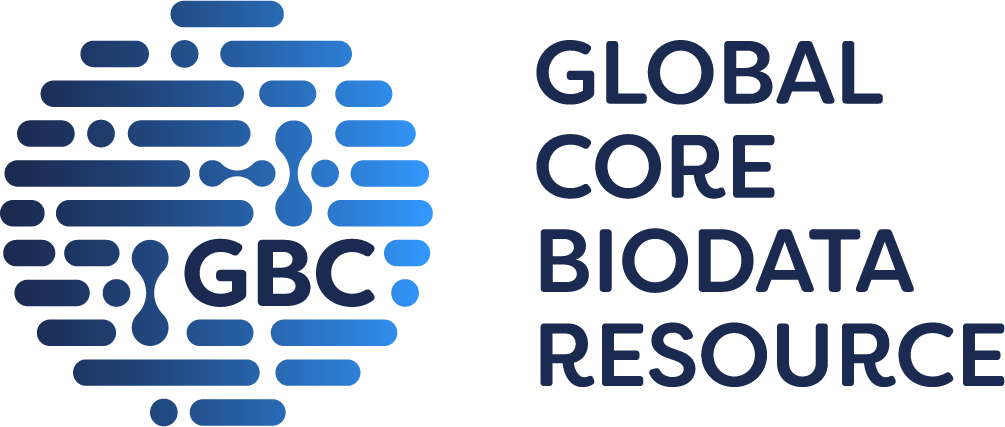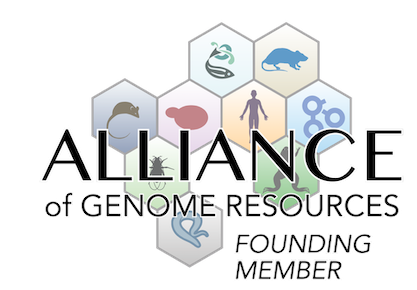Phenotypes associated with this allele
|
|
| Find Mice |
Using the International Mouse Strain Resource (IMSR)
Mouse lines carrying:
Arl4dtm1c(EUCOMM)Wtsi mutation
(0 available);
any
Arl4d mutation
(20 available)
Foxp3tm4(YFP/icre)Ayr mutation
(3 available);
any
Foxp3 mutation
(57 available)
|
|
|
immune system
|
N |
• in vitro stimulation of splenic CD4+ T cells with plate-bound anti-CD3epsilon in the presence of TGFbeta results in no significant changes in the % of CD25+Foxp3+ cells within viable CD4+ T cells or in IL-2 production relative to controls, suggesting that neither conversion into Foxp3+ iTreg cells nor IL-2 production are enhanced
|
|
|
• ex vivo splenocytes incubated with increasing concentrations of rhIL-2 show a marginal increase in the % of pSTAT5+ cells in CD4+Foxp3+ Treg cells
• however, no changes in IL-2/CD25 signaling are detected in conventional CD4+ T and CD8alpha+ T cells, as measured by pSTAT5 induction
• moreover, ex vivo-sorted Foxp3+ Treg cells mixed with CFSE-labeled wild-type CD4+ T effector cells in the presence of nti-CD3epsilon/anti-CD28 show a normal capacity to inhibit CD4+ T-cell proliferation, and in vitro-induced Foxp3+ CD4 T cells show unchanged expression of suppressive molecules, indicating normal Treg suppressive function
|
hematopoietic system
|
|
• ex vivo splenocytes incubated with increasing concentrations of rhIL-2 show a marginal increase in the % of pSTAT5+ cells in CD4+Foxp3+ Treg cells
• however, no changes in IL-2/CD25 signaling are detected in conventional CD4+ T and CD8alpha+ T cells, as measured by pSTAT5 induction
• moreover, ex vivo-sorted Foxp3+ Treg cells mixed with CFSE-labeled wild-type CD4+ T effector cells in the presence of nti-CD3epsilon/anti-CD28 show a normal capacity to inhibit CD4+ T-cell proliferation, and in vitro-induced Foxp3+ CD4 T cells show unchanged expression of suppressive molecules, indicating normal Treg suppressive function
|
|
|
| Find Mice |
Using the International Mouse Strain Resource (IMSR)
Mouse lines carrying:
Arl4dtm1c(EUCOMM)Wtsi mutation
(0 available);
any
Arl4d mutation
(20 available)
Tg(Cd4-cre)1Cwi mutation
(12 available)
|
|
|
immune system
|
|
• in vitro, naive splenic CD4+ T cells convert more efficiently into induced Foxp3-expressing regulatory T cells (Foxp3+ iTreg) in the presence of anti-CD3epsilon + TGFbeta
|
|
|
• in vitro stimulation of splenic CD4+ T cells with plate-bound anti-CD3epsilon in the presence of TGFbeta results in a significantly higher % of CD25+Foxp3+ cells within viable CD4+ T cells, consistent with enhanced conversion into Foxp3+ iTreg cells
|
|
|
• ex vivo splenocytes incubated with increasing concentrations of rhIL-2 show a small but significant decrease in the % of pSTAT5+ cells in conventional CD4+ T cells and CD8alpha+ T cells along with a marginal increase in the % of pSTAT5+ cells in CD4+Foxp3+ Treg cells
• however, ex vivo-sorted Foxp3+ Treg cells mixed with CFSE-labeled wild-type CD4+ T effector cells in the presence of nti-CD3epsilon/anti-CD28 show a normal capacity to inhibit CD4+ T-cell proliferation, and in vitro-induced Foxp3+ CD4 T cells show unchanged expression of suppressive molecules, indicating normal Treg suppressive function
|
|
|
• in vitro stimulation of splenic CD4+ T cells with plate-bound anti-CD3epsilon in the presence of TGFbeta results in significantly increased IL-2 production after 48 h of culture
|
hematopoietic system
|
|
• in vitro, naive splenic CD4+ T cells convert more efficiently into induced Foxp3-expressing regulatory T cells (Foxp3+ iTreg) in the presence of anti-CD3epsilon + TGFbeta
|
|
|
• in vitro stimulation of splenic CD4+ T cells with plate-bound anti-CD3epsilon in the presence of TGFbeta results in a significantly higher % of CD25+Foxp3+ cells within viable CD4+ T cells, consistent with enhanced conversion into Foxp3+ iTreg cells
|
|
|
• ex vivo splenocytes incubated with increasing concentrations of rhIL-2 show a small but significant decrease in the % of pSTAT5+ cells in conventional CD4+ T cells and CD8alpha+ T cells along with a marginal increase in the % of pSTAT5+ cells in CD4+Foxp3+ Treg cells
• however, ex vivo-sorted Foxp3+ Treg cells mixed with CFSE-labeled wild-type CD4+ T effector cells in the presence of nti-CD3epsilon/anti-CD28 show a normal capacity to inhibit CD4+ T-cell proliferation, and in vitro-induced Foxp3+ CD4 T cells show unchanged expression of suppressive molecules, indicating normal Treg suppressive function
|



 Analysis Tools
Analysis Tools